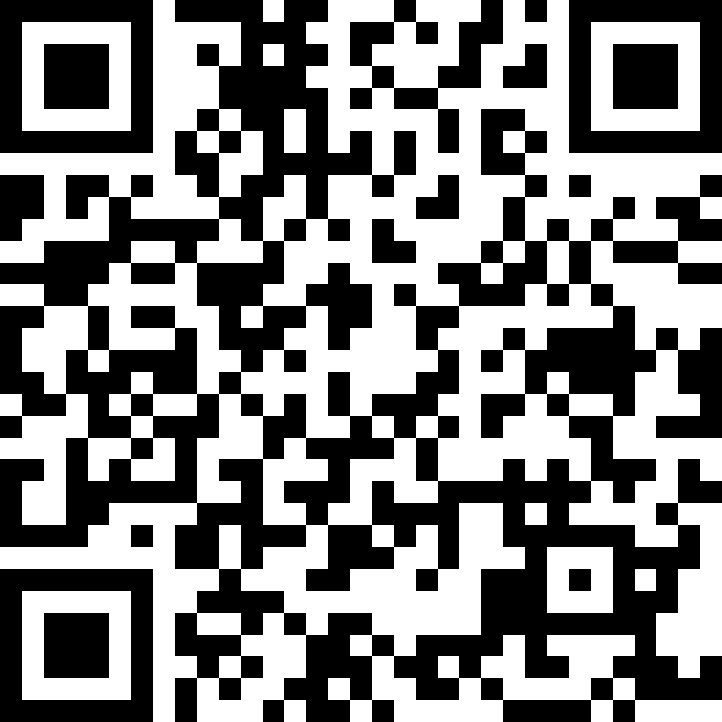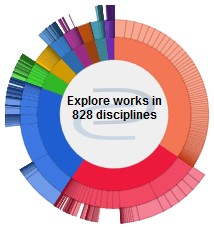Graduate Program
Communication Studies
Degree Name
Master of Arts (MA)
Semester of Degree Completion
2010
Thesis Director
Rodney Marshall
Thesis Committee Member
Melanie Mills
Thesis Committee Member
Olaf Hoerschelmann
Abstract
The American Recovery and Reinvestment Act of 2009 signed by President Obama established the Broadband Technology Opportunities Program (BTOP) for the purpose of building and strengthening broadband infrastructures. (National Telecommunications and Information Administration, 2010). In the twin cities of Champaign and Urbana, Illinois efforts were made by a local Broadband Access Committee (BAC) to obtain funding for various projects. One project involved installing fiber-optic rings to connect buildings including schools, hospitals, and police/fire departments, along with other vital agencies. Additionally, this money would also be utilized to bring fiber to the home (FTTH) to neighborhoods indentified as underserved. Additional grants to establish Computer Technology Centers (CTC's), and programs to encourage sustainable adoption were also applied for by the BAC.
This study examined the efforts of the BAC, and how their efforts were perceived utilizing a rhetorical framework of whiteness. The purpose of this study is to understand how privilege can shape and influence the ways in which underserved areas were approached and understood.
Recommended Citation
Wilkinson, Martha L., "Bridging the digital divide: Framing whiteness" (2010). Masters Theses. 118.
https://thekeep.eiu.edu/theses/118




